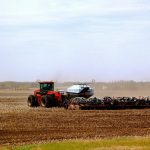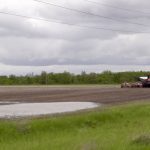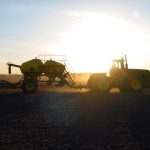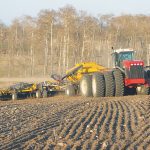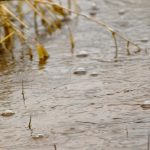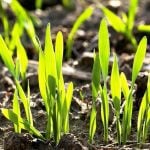At 98 per cent complete, spring planting in Saskatchewan has essentially wrapped up for 2024, although for rain has delayed farmers’ last rounds in the northeast and east-central regions of the province. For the week ended June 10, it was the northeast that received the most precipitation in Saskatchewan. The province’s latest crop report noted […] Read more



